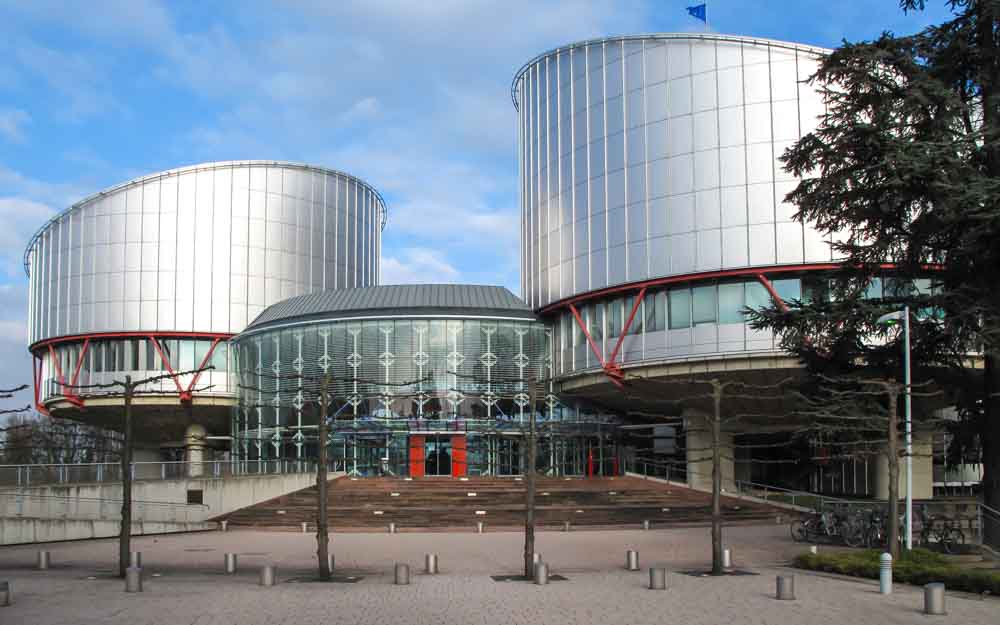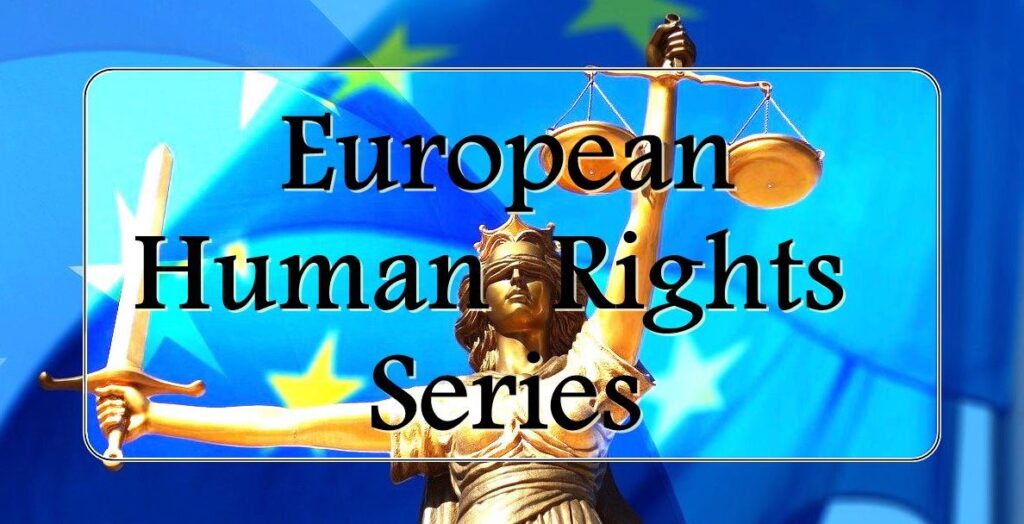le Feagaiga a Europa o Aia Tatau a Tagata, lists out basic rights and freedoms which can never be breached by the States, that have ratified the Convention. These include such rights as: the right to life or the prohibition of torture, the right to liberty and security, and the right to respect for private and family life.
The Convention provides a common legal base allowing the same understanding of human rights for every person no matter in which country in Europe the person resides, and even if these states do not share the same political, legal or social traditions.
Na tusia i tausaga ina ua mavae le Taua Lona Lua a le Lalolagi
The Convention was conceived and written in the years after the Second World War to protect individuals against the abuses of their states, to create confidence between populations and governments and to allow dialogue between states.
Europe and the world in general have developed considerably since 1950, both technologically and in terms of viewpoints of the person and societal constructs. With such changes over the past seven decades gaps in past realities and lack of foresight in the formulation of certain articles in the Convention pose challenges in how to perceive and protect the aia tatau a tagata soifua in the world of today.
To address these challenges, the European Convention has had to evolve. It has been frequently revised, and new protocols have been added to widen the scope of human rights, taking in to view changes in society, including issues related to new technologies, bioethics or the environment, but also other issues which we today consider normal such as the protection of property, the right to free elections or freedom of movement.
The developers who formulated the text of the European Convention were educated and operated in a time where Human Rights had not been at the centre of law making and the social model. That’s why it was necessary to formulate it in the first place. It had to get politically agreed upon in a world that had just gone through two world wars, and faced many very severe challenges and in some cases these countries may not have been fully ready for the Universal Human rights yet.
New realities with technological development and social attitudes
Since the Convention was opened for signature in 1950 there have been significant changes in attitude to matters such as capital punishment and discrimination on grounds of gender and disabilities. Furthermore, the European Convention must also be applied in relation to things which did not exist in 1950, such as the broad use security cameras (known as CCTV) on public grounds and in shops, in vitro fertilization (IVF), the internet, various medical advances, and many other things.
The European Court of Human Rights, the main legal organ of the Council of Europe which interprets the European Convention and rule on cases related to its application or the lack of it in real life when brought before it, has ruled on many societal issues such as abortion, assisted suicide, body searches, domestic slavery, the wearing of religious symbols in schools, the protection of journalists’ sources and the retention of DNA data.
In some cases, criticism has been raised against the European Convention, and more specifically the interpretation of it, that it has expanded “beyond what the framers of the Convention had in mind when they signed up to it.” Such claims usually have been raised by certain Conservative fractions, but in analysing these they are in reality found to be misplaced and shows little understanding of how laws are made and interpreted.
The objection to the “judicial activism” of the European Court of Human Rights, which may in very rare instances be based on an actual questionable decision of the Court, are more usually traceable to issues where the complainant disagree with the judgement rather than the fact the Court is interpreting certain aspect of the European Convention in the light of present-day conditions, including other international human rights law.
Treating the European Convention as a “living instrument” is essential if the law is to adapt to these changes, and meaningful human rights is to remain a reality. The European Convention has to be a ‘living instrument’ as the world changes, without altering the spirit of what Human Rights are.










